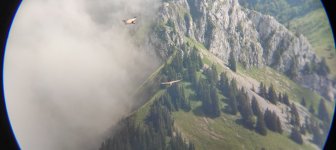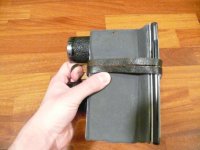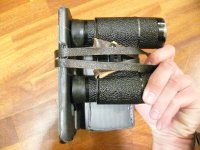walkingintheair
Member

I have seen some binoculars that are capable of taking pictures. Can anybody recommend any good ones that can take high quality pictures of birds? I don't really like handling cameras, and I really just want a pair of binoculars that works well and at the same time can snap a good picture of what I am seeing so I can identify it later.









